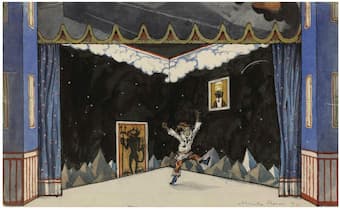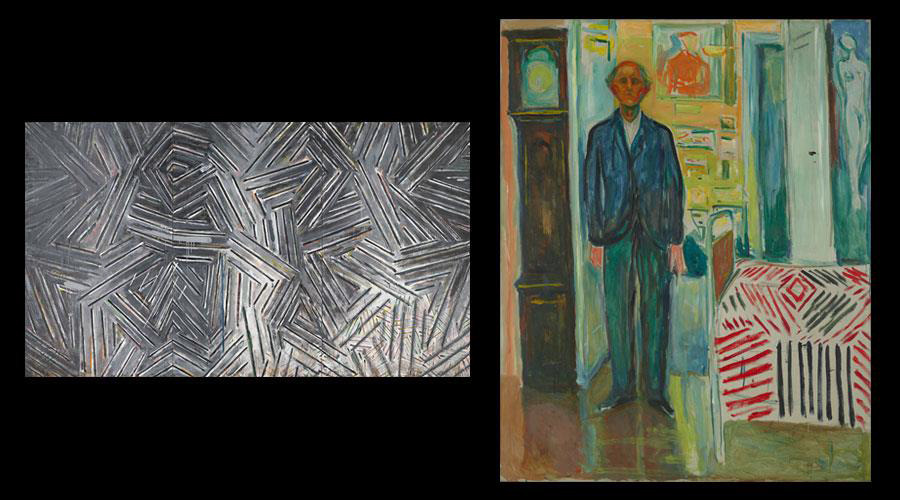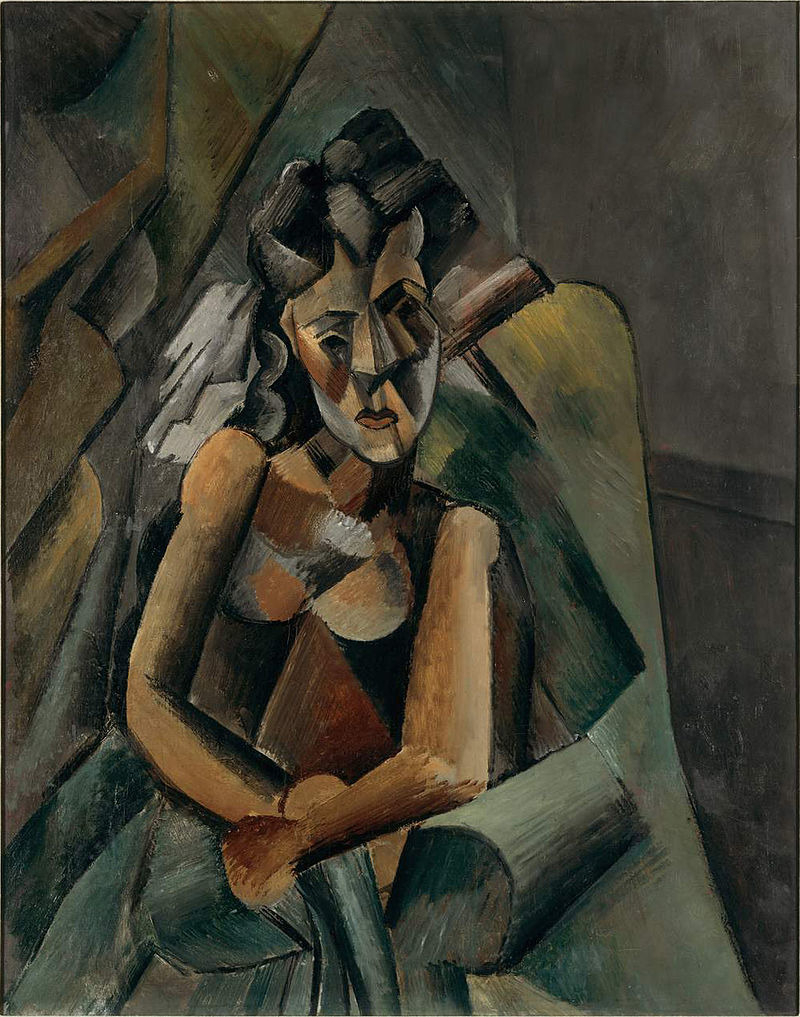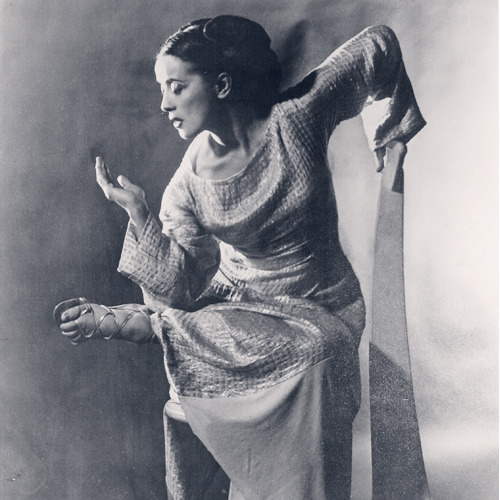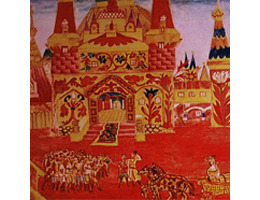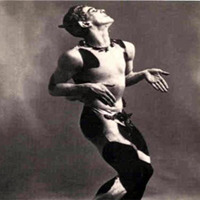Sergei Diaghilev’s Ballets Russes hit Europe like a storm: no one had ever seen ballet taken to this level. Founded in 1909 by Diaghilev and lasting 20 years, the Ballet was based in Paris and traveled around Europe and to
Dance
Between 1886 and 2003, the Calais-Mediterranée Express shuttled wealthy, beautiful and famous passengers between Calais and the French Riviera. Because of its dark blue sleeping cars, it was colloquially known as “Le Train Bleu,” or simply the “Blue Train” in
“Painting can be a conversation with oneself and, at the same time, it can be a conversation with other paintings” (Jasper Johns, 1989) In this second of two articles I will briefly return to the relationship between Edvard Munch, the
When you look at everything that the Spanish artist Pablo Picasso (1881-1973) was involved with, you have to cover most of the fine arts and then add a good slog of literature. He was a painter, sculptor, printmaker, ceramicist, and
Recognized as one of the greatest artists of the 20th century, Martha Graham created a movement language based upon the expressive capacity of the human body. Throughout a long and illustrious career, Graham created 181 dance compositions that crossed artistic
In last month’s article I focused on the relationships between musicians, artists and writers in 19th century Russia, which foreshadowed the even more drastic changes of the beginning of the 20th century. Not only would the artists and painters, associated
The recent exhibition of ‘Diaghilev and the Ballets Russes’ at the National Gallery in Washington, D.C. and several of the recent Interlude articles on the same subject raised interesting and important questions about the connection and inter-relationship between the arts
The current exhibition at the National Gallery of Art in Washington, D.C. “Diaghilev and the Ballets Russes, 1909-1929: When Art Danced with Music” brings into focus one of the most productive eras in the arts, in which poetry, art, theater,

